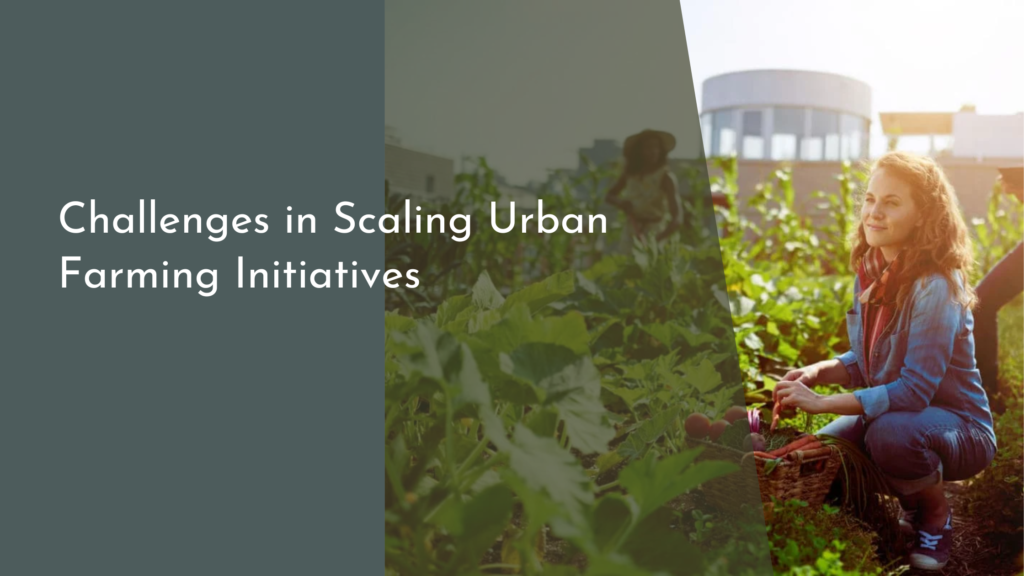Urban Forestry in Extreme Cold Climates: Challenges and Benefits
Urban forestry plays a crucial role in enhancing the ecological health and aesthetic appeal of cities. While the concept is often associated with temperate and tropical climates, urban forestry in extreme cold climates presents unique challenges and opportunities. This article explores the intricacies of urban forestry in these frosty environments, emphasizing the resilience of trees and the multitude of benefits they bring to cold regions. As we navigate through the challenges and the rewards, we will also highlight the importance of community engagement in fostering a thriving urban landscape, even in the harshest winters.
Understanding Urban Forestry: A Cold Climate Perspective
Urban forestry refers to the management and cultivation of trees and green spaces within urban areas. In cold climates, where temperatures can plummet and snow blankets the ground for extended periods, the selection of tree species and planting techniques becomes vital. Species that are hardy, such as native conifers and deciduous trees like maples and oaks, are often favored for their ability to withstand frigid temperatures, heavy snow, and ice storms. Understanding local soil conditions, microclimates, and the potential for frost heave is essential in creating a sustainable urban forest that can thrive in these challenging conditions.
Moreover, the urban environment poses additional challenges such as limited space, pollution, and infrastructure limitations. Trees must be strategically planted to consider factors like wind exposure, soil compaction, and potential damage from snow removal operations. City planners and arborists work together to devise innovative solutions that enable urban forests to flourish, even while enduring extreme cold. By acknowledging the specific needs of trees in cold climates, urban forestry can effectively contribute to the greening of cities, making them more resilient to climate change effects and urban heat islands.
Overcoming Challenges: Trees Thriving in Frosty Conditions
Despite the challenges posed by extreme cold, many tree species have developed remarkable adaptations that allow them to survive and even thrive in frosty conditions. For instance, certain trees can enter a state of dormancy during the coldest months, conserving energy and nutrients until warmer temperatures return. Additionally, their morphology often includes thicker bark, flexible branches, and deep root systems, all of which help them withstand harsh winter conditions. Urban forestry initiatives often focus on these resilient species, ensuring that the selection process prioritizes trees that not only survive but also contribute positively to their environment.
Innovative techniques such as proper planting depth, mulching, and windbreaks can enhance the survival rates of urban trees during winter. Educating communities about the best practices for tree care in cold climates is crucial for fostering a sense of stewardship. Tree maintenance during winter, such as pruning and snow removal from branches, can significantly improve a tree’s ability to endure winter storms. By overcoming these challenges, cities can cultivate a diverse, thriving urban forest that adds beauty, biodiversity, and resilience to cold climates.
Benefits of Urban Forestry in Cold Regions: A Green Boost
Urban forestry in cold regions offers a wealth of benefits that extend beyond mere aesthetics. Trees play a vital role in moderating temperatures, reducing heat build-up during the brief summer months, and providing shade for rooftops and sidewalks. They also improve air quality by filtering pollutants and releasing oxygen, creating a healthier environment for residents. Moreover, urban forests can mitigate stormwater runoff by absorbing rainwater and reducing flooding risks, which is particularly important in areas prone to rapid snowmelt and spring torrents.
Additionally, urban forestry contributes to mental well-being by providing green spaces for recreation and relaxation. Studies have shown that exposure to greenery can reduce stress, improve mood, and encourage physical activity, all of which are incredibly beneficial in the often dreary winter months. Beyond psychological benefits, urban trees provide crucial habitats for wildlife, promoting biodiversity even in urbanized areas. The presence of trees not only enhances the beauty of cold cities but also fosters a sense of community pride and connection to nature, helping to transform harsh landscapes into vibrant living spaces.
Community Engagement: Growing Together in Winter Wonderlands
Engaging communities in urban forestry initiatives is essential for fostering a collective sense of ownership and responsibility. Successful urban forestry programs often involve local residents in tree planting events, educational workshops, and maintenance activities. These initiatives can help residents cultivate a deeper appreciation for their green spaces, while also ensuring that trees receive the care they need to thrive in cold climates. Collaborating with schools, local organizations, and volunteers creates a sense of unity while empowering citizens to contribute positively to their environment.
Additionally, community engagement can facilitate knowledge sharing about the unique traits of urban trees in cold climates. Workshops on winter tree care, for example, can equip residents with practical skills to help sustain their neighborhood trees throughout the winter months. By fostering an enthusiastic community of tree advocates, cities can ensure that their urban forests remain vibrant and healthy. Collectively, these efforts can transform cold urban areas into winter wonderlands, where trees not only endure but flourish, creating a lasting impact on the community and environment.
In conclusion, urban forestry in extreme cold climates is a vital aspect of creating resilient, beautiful, and healthy cities. While the challenges of planting and maintaining trees in frigid conditions are significant, the benefits gained from successful urban forestry initiatives far outweigh these hurdles. By selecting appropriate species, implementing innovative care techniques, and fostering community engagement, cities can cultivate thriving urban forests that enhance the quality of life for all residents. Embracing the beauty and resilience of trees in winter encourages us to appreciate the unique charm of our urban landscapes, transforming them into vibrant and inviting spaces year-round.

